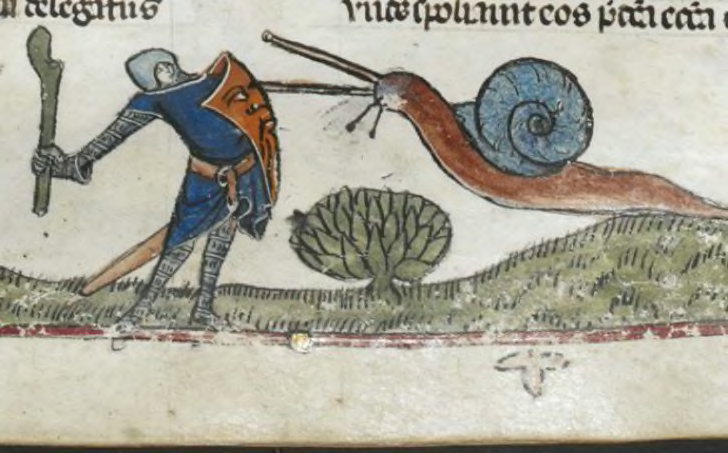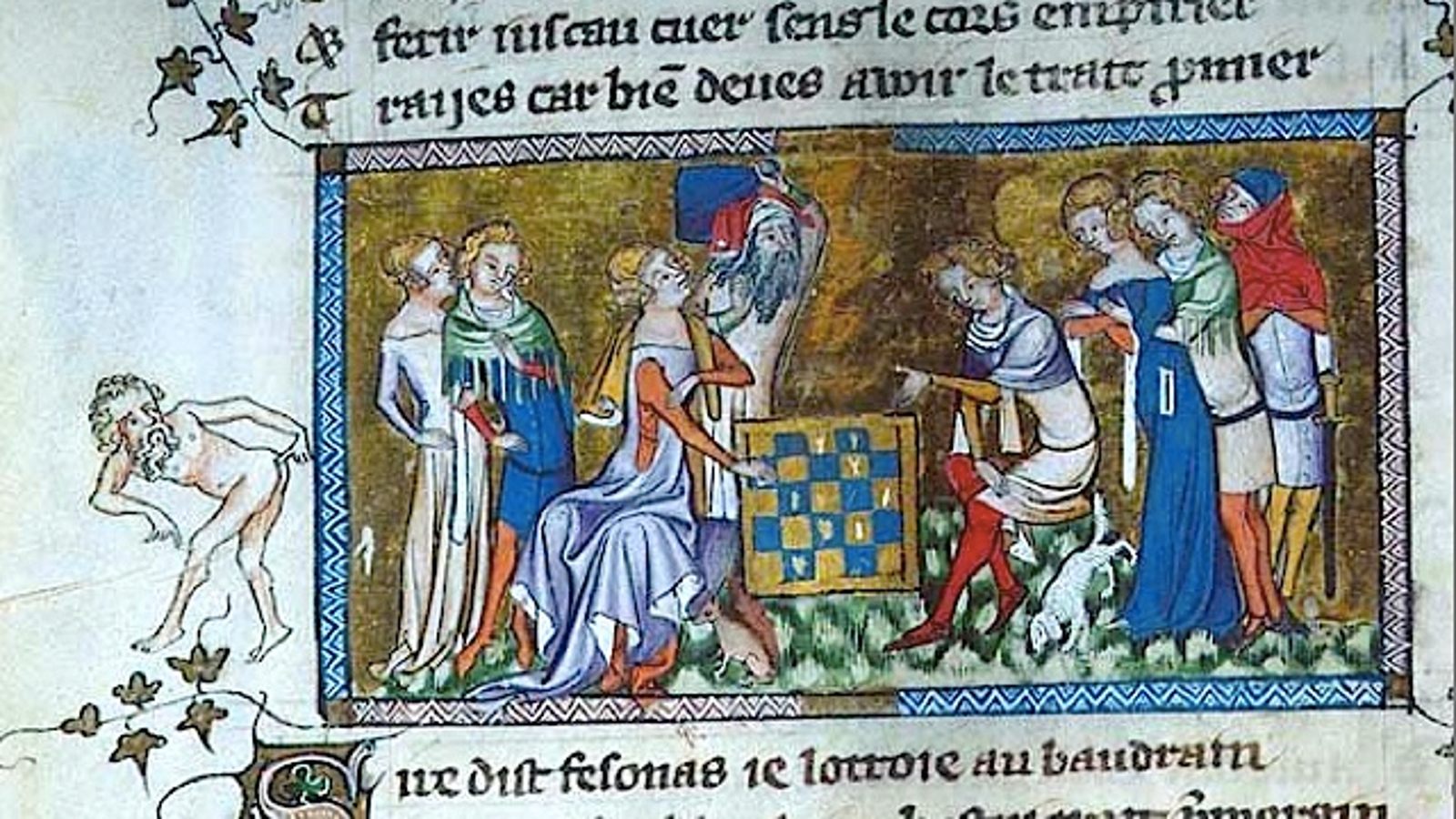

Both Aristotle and Plato discuss the Hircocervus in their philosophy, although to Aristotle’s mind the creature is clearly fictional. The Hircocervus was supposed to be half deer and half goat and had been speculated about since antiquity. The point of folklore was more to illustrate issues of moral and social importance rather than to accurately depict the natural world. Whether or not people believed in all of these creatures is difficult to say, since it was not really the point to believe or disbelieve (although many would have been convinced of the existence of these creatures). For more information about UNCG Special Collections and University Archives, please visit this link.The folklore of medieval Europe was a mixture of legends from various sources, such as ancient regional stories mixed with Judeo-Christian religious tales and myths from the Roman Empire and the Near East. SCUA is here to support the mission of the University and University Libraries, they are an integral part in the success for students and outreach to the community.

As students research specific historical events or time periods, they may discover that SCUA houses primary source items that bring their topic into focus. The Martha Blakeney Hodges Special Collections and University Archives (SCUA) collects, preserves, and makes accessible unique and historical materials for learning and research. Just being able to sit down together and brainstorm while examining a facsimile or manuscript is important… one person notices something another person doesn’t, and you realize how much you appreciate the spark of collaboration.” I think that’s important for us, especially coming off a pandemic where we’ve been so isolated. I also think it’s amazing to see how this exhibit was also pulled together through collaboration between faculty and library staff – that’s kind of what medieval literature was about. Vines said, “to see how the manuscripts were made and that it took so many people doing so much work to produce one single book. “I’m hoping to give the students a glimpse into how fun and almost irreverent some of the material is,” Dr. “They are working with the facsimiles and the original materials in the researcher room, and then coming over into Hodges Reading Room to go through the different pop-up stations.” “It’s been so gratifying to see how students in both courses have really taken to this whole experience,” Shankle says. Vines, Sawyer, and Shankle that the students were able to fully experience medieval literature as a material text that transcends the textbook. It’s thanks to the collaboration between Dr. “Nothing is quite the same as getting in and having a tactile experience with materials.” “This has been an incredibly collaborative experience for me to work closely with a professor who is so enthusiastic about teaching and wants students to have that hands-on experience,” Shankle says. Vines worked closely with Special Collections and University Archives Specialists Carolyn Shankle and Suzanne Sawyer to pull the exhibit together. Vines says, “I chose to teach certain texts based on what I knew the students would be able to see in the university archives.”ĭr. Margaret”, “Floris and Blancheflour,” and the “Canterbury Tales,” with much more to come.

So far, the classes have read and discussed works such as: “Sir Gawain and the Green Knight”, “Amis and Amiloun,” “The Life of St. Vines’s classes this semester focus on understanding the many cultural and intellectual changes that took place in fourteenth-century England and the influence those changes had on medieval writers during that period. What I wanted to do is ask my students to pause, look back, and just understand the beauty and peacefulness of a manuscript because it’s not about quickly communicating something, it’s about creating something beautiful.”īoth of Dr. Vines says, “it’s not a bad thing, but it sometimes moves us away from something, an object that’s beautiful in and of itself. “I think in contemporary society there’s so much that happens without paper, pen, and pencil,” Dr. In UNCG’s Department of English, she teaches courses in medieval literature, history of the English language, and early women writers. She focuses on women’s readership, textual studies, patronage, and medieval romance. Vines is a researcher specializing in fourteenth- and fifteenth-century England, specifically literature and culture. “I just wanted them to see all of the wonderful kinds of creative processes behind medieval manuscripts as well as writing the texts.”ĭr.

“My idea was to get students to experience the book as an object more than just the text that we analyze in class,” says Dr.


 0 kommentar(er)
0 kommentar(er)
